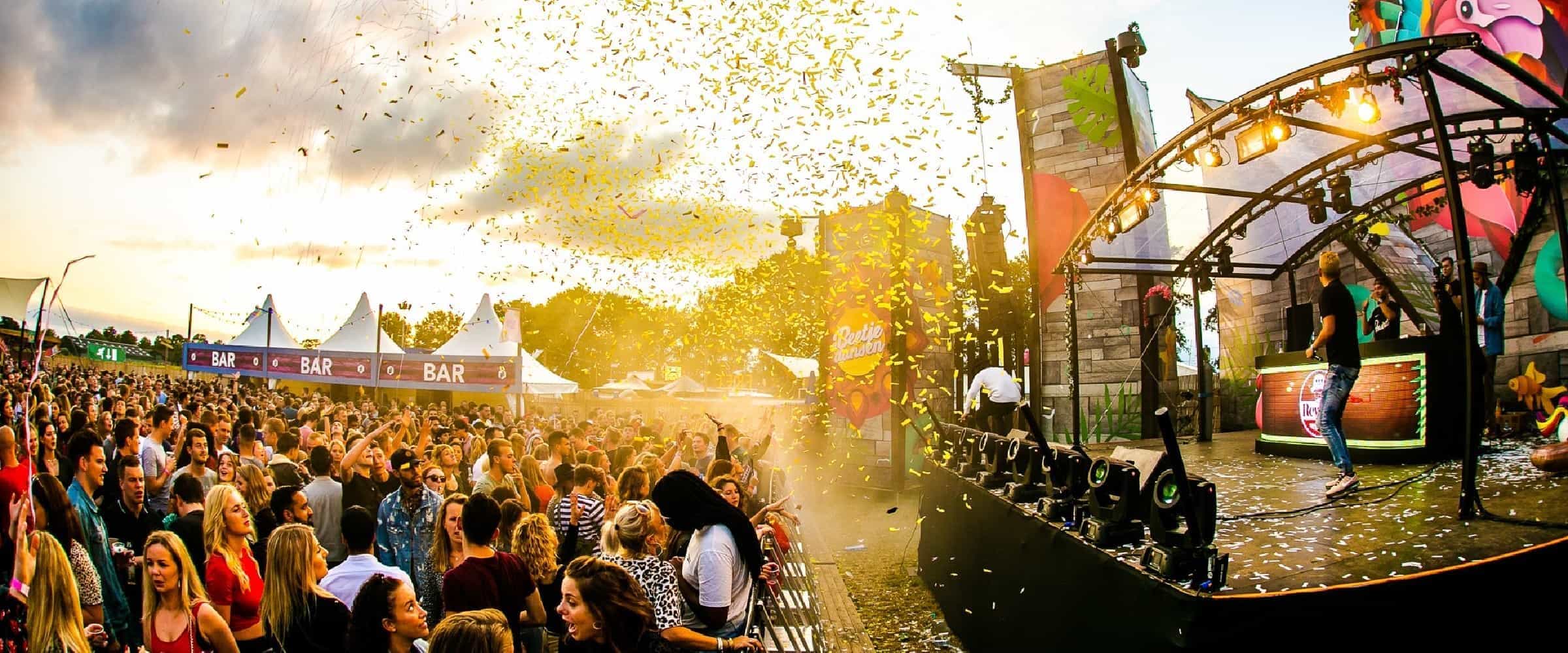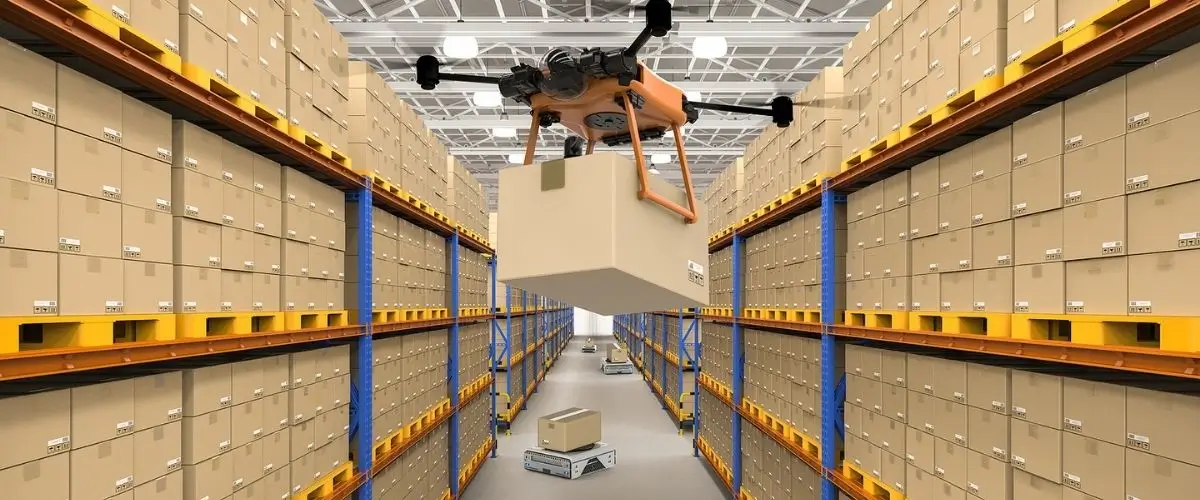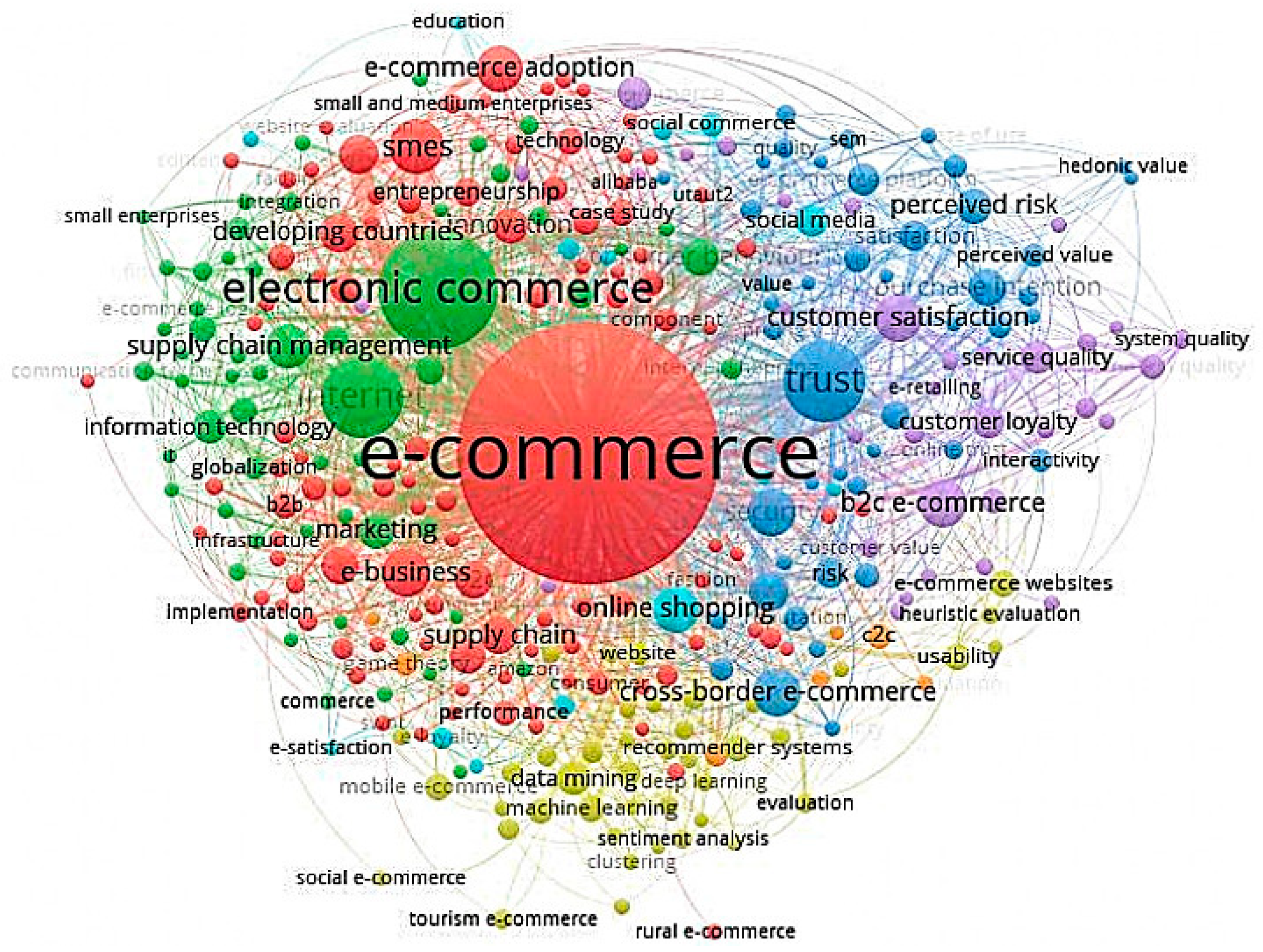Large festivals bring together thousands of attendees, often spanning vast spaces like parks, fields, or multiple urban blocks. In such sprawling environments, maintaining effective communication isn’t just a convenience—it’s a necessity for ensuring safety, coordination, and a smooth event experience. From the basic essentials to high-tech innovations, the right equipment can dramatically enhance operational efficiency and attendee satisfaction.
Reliable Two-Way Radios: Two-way radios have long been the backbone of event communication systems. Unlike cell phones, they don’t rely on network coverage, which can become unreliable in crowded areas. Instead, radios provide direct, push-to-talk communication, ideal for quick and clear exchanges between team members. Modern two-way radios come with features such as multiple channels to separate different teams (like security, medical, and production), encryption for secure conversations, and accessories like earpieces for discreet communication.
Enhanced Mobile Networks: Mobile service providers often deploy temporary mobile towers or cells on wheels (COWs) to boost cellular coverage and capacity at large events. This enhancement ensures that both attendees and event staff can use mobile devices effectively throughout the festival grounds. For event organizers, leveraging apps and mobile-based platforms for team communication can complement traditional radio systems, especially for less urgent, logistical communications.
Centralized Communication Hubs: Establishing a central communication hub is crucial for large-scale event management. This hub, equipped with networked computers, radio dispatch systems, and live surveillance feeds, acts as the nerve center for all communications. Here, coordinators can monitor activities, dispatch information or assistance, and stay ahead of potential issues as they arise.
Advanced Audio-Visual Equipment: For areas where announcements need to reach large groups of attendees simultaneously, such as entry points or main stages, robust PA systems are essential. These systems should be capable of clear audio output over wide areas. Large visual displays, like LED screens, can also broadcast information across the festival, providing updates, schedules, and safety messages in real-time.
Portable Charging Stations: Keeping communication devices powered throughout the event is critical. Portable charging stations strategically placed around the venue can help ensure that both attendees and staff keep their devices charged. This setup supports continuous use of phones, tablets, and radios, reducing the risk of communication blackouts.
Walkie Talkies: For many festival organizers, the traditional walkie talkie remain a reliable choice. They are particularly useful for areas where digital devices might fail or for teams that need instant communication without the frills of more complex systems. Walkie talkies are durable, usually have long battery lives, and can be used effectively in almost any weather condition. Their simplicity and effectiveness make them indispensable at events where quick decision-making and extensive ground coverage are required.
Drones for Aerial Surveillance: Drones equipped with cameras can provide real-time aerial views of the festival, offering a unique vantage point to the central communication hub. They can help monitor crowd movements, identify congested areas, and even assist in finding lost attendees. Drones can also carry lightweight communication equipment to areas where ground access is difficult.
Software Solutions for Coordination: Modern software platforms can integrate various communication tools into a single interface, providing organizers with a comprehensive view of all interactions. These platforms can track personnel, log communications, schedule shifts, and even integrate with social media to monitor public sentiment in real-time. This integration ensures that communication is both proactive and reactive, adapting quickly to the needs of the festival environment.
Training and Protocols: Finally, no communication system is effective without properly trained staff. Before the event, all team members should receive training on the communication equipment and understand the protocols for its use. This preparation ensures that during the festival, communication flows smoothly, and everyone knows how to respond in different scenarios.
As festival sizes grow and technology evolves, the equipment used to maintain contact and ensure safety must also advance. Whether it’s through the simplicity of walkie talkies or the sophisticated integration of mobile networks and software, the goal remains the same: clear, uninterrupted communication that keeps the event running smoothly and safely. By investing in the right mix of technology and training, festival organizers can provide an experience that is memorable for all the right reasons.




